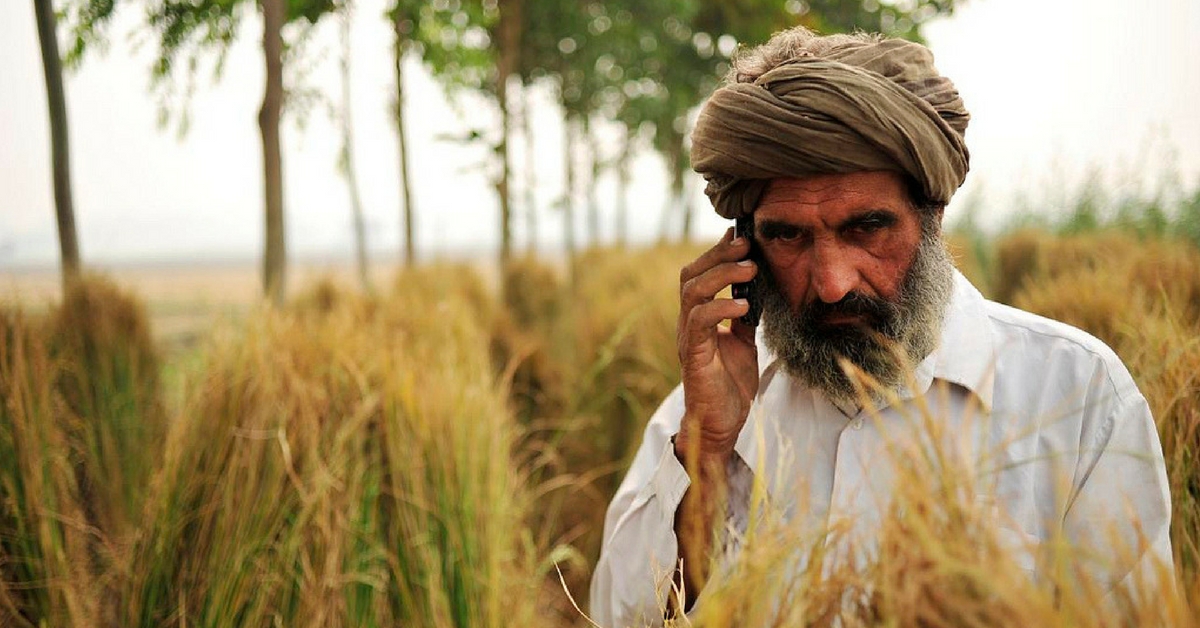Govt Plans to Set up 7.5 Lakh Public Wi-Fi Hotspots in Rural India!
In a move to bridge this gap and make internet accessible to the strata of society that usually is the last to get any benefits, the government has decided to make Wi-Fi available across the nation by setting up over 7.5 lakh public-internet hotspots by the end of 2018.

In December 2016, a report titled Internet in India 2016 stated that the country had over 432 million internet users. But one question still stands? Does this section of users only include the
crème de la crème of society – the urban dwellers or is internet slowly becoming accessible to the rural and semi-urban population too?
In a move to bridge this gap and make internet accessible to the strata of society that usually is the last to get any benefits, the government has decided to make Wi-Fi available across the nation by setting up over 7.5 lakh public-internet hotspots by the end of 2018.

The rationale is to provide high-speed internet in semi-urban and rural areas by joining hands with private operators like Reliance Jio, Airtel, Vodafone, Idea Cellular and state-owned BSNL, apart from internet service providers (ISPs).
Speaking to the Times of India, Telecom Secretary Aruna Sundararajan said, “The idea is to enable e-governance and digital-development initiatives through provision of high-speed, and affordable internet infrastructure.”
Moving towards a digital India entails increased Wi-Fi accessibility to help run digital infrastructure across the country. According to the 2016 statistics, India only showed a minimal growth of Wi-Fi with only 31,000 hotspots in 2016, in comparison to its western counterparts like France, the US and the UK which had over 1.3 crore, 98 lakh, and 56 lakh hotspots, respectively.
The Telecom Secretary also expressed that this hotspot network will be laid across gram panchayats (GPs) first. The government is working towards providing at least three Wi-Fi hotspots per Gram Panchayat, with 1GB of data per panchayat.
“With 75,000 GPs by now, and the network is up there. Our target is to reach 1 lakh GPs by this December,” she said.
Read more: Ditching Crackers, This Punjab Village to Go Green With Saplings This Diwali!
The tender for the mass Wi-Fi rollout will loop in key representatives from different state governments to discuss and lay down methods for digital delivery of health, education and rural development services.
While the penetration of 4G networks is growing at a rapid speed across urban India, many of these trickle down at a very slow pace to those far from the city. The plan is to hasten the high-speed rollout in rural and semi-urban through Wi-Fi, said Aruna Sundararajan.
Like this story? Or have something to share?
Write to us: [email protected]
Connect with us on Facebook and Twitter.
NEW: Click here to get positive news on WhatsApp!
If you found our stories insightful, informative, or even just enjoyable, we invite you to consider making a voluntary payment to support the work we do at The Better India. Your contribution helps us continue producing quality content that educates, inspires, and drives positive change.
Choose one of the payment options below for your contribution-
By paying for the stories you value, you directly contribute to sustaining our efforts focused on making a difference in the world. Together, let’s ensure that impactful stories continue to be told and shared, enriching lives and communities alike.
Thank you for your support. Here are some frequently asked questions you might find helpful to know why you are contributing?


This story made me
-
97
-
121
-
89
-
167













